#Alan Bean
Explore tagged Tumblr posts
Text
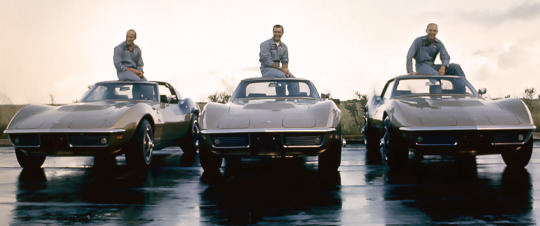
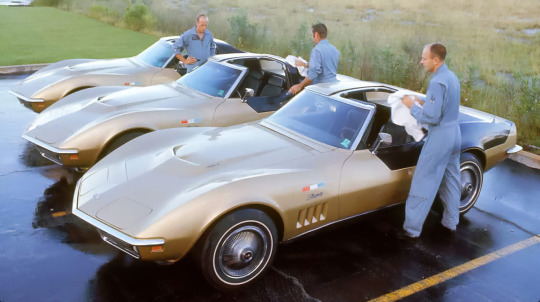

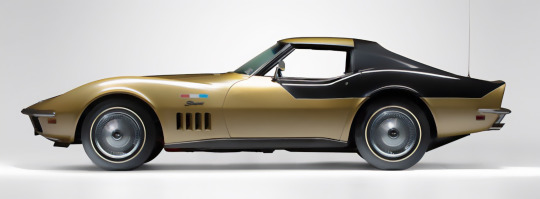
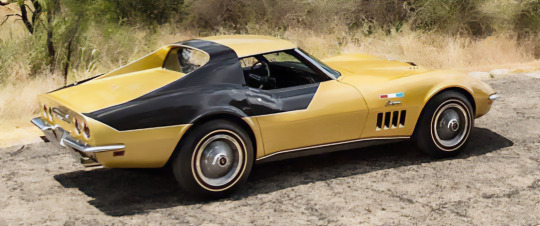
Chevrolet Astrovettes, 1969. The crew of Apollo 12 - astronauts Pete Conrad, Richard Gordon, and Alan Bean - ordered custom-painted Corvette C3s. Each astronaut ordered a matching Corvette Stingray coupe, powered by 390hp, 427ci Turbo-Jet V8 engines with 4-speed wide-range transmission and PosiTraction 3.08 rear axles. Bean (the fourth person to walk on the moon who passed away in 2018) played a key role in the design of the Corvettes, choosing the black on gold color scheme. The design included distinctive black “wings” styled by Alex Tremulis, the industrial and automotive designer. The C3 Corvettes became known as the Astrovettes with the only difference between the cars being the red, white, and blue badges on each fender used to identify which car belonged to which astronaut
#Chevrolet#Chevrolet Corvette Stringray#Chevrolet Corvette C3#Astrovette#Apollo 12#Alan Bean#RIP#Alex Tremulis#1969#NASA#427ci V8#astronaut cars#C3 Corvette#1960s#custom cars#special edition
731 notes
·
View notes
Text



















LEAVE HOME
#one of my older weaves with some new images in there :-]#toby.txt#web weaving#web weave#webweave#webweaving#on leaving#on home#apollo 17#alan bean#gerard way#frank iero#hesitant alien#my chemical romance#mcr#car seat headrest#how to leave town#hey space cadet#voyager 1#the golden record#apollo. 9?#cant remember
172 notes
·
View notes
Photo
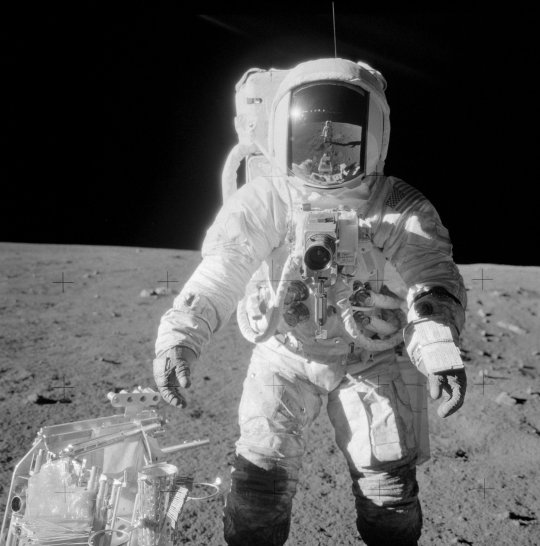
Apollo 12 astronaut Alan Bean on the Moon, November 20, 1969. Pete Conrad, taking the photo, is reflected in Bean’s visor.
1K notes
·
View notes
Text
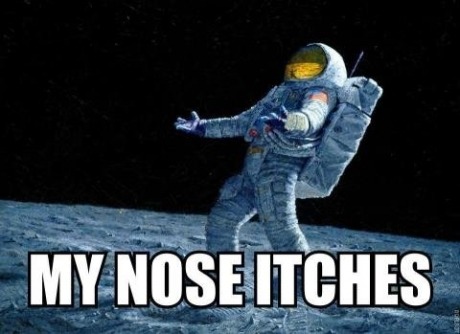
I saved this meme in 2013, and a full decade later I learned that its real title is “Is Anyone Out There?”
It was painted by Alan Bean, the fourth astronaut to walk on the moon.
And it still makes a darn good meme. (Even if astronauts do have bits of Velcro in their helmets for exactly this reason.)
#are you one of today's lucky 10000?#now you know#fun facts#astronauts#memes#the moon#'my nose itches'#Alan Bean#Moon Landing Day#art
1K notes
·
View notes
Text


Astronaut Alan L. Bean, Skylab 3 commander, participates in the final Skylab 3 extravehicular activity (EVA), during which a variety of tasks were performed. Here, Bean is near the Apollo Telescope Mount (ATM) during final film change out for the giant telescope facility. Astronaut Owen K. Garriott, who took the picture, is reflected in Bean's helmet visor. The reflected Earth disk in Bean's visor is so clear that the Red Sea and Nile River area can delineated. September 22, 1973
NASA
114 notes
·
View notes
Text

Happy Moon Day! July 20, 1969.
Oil painting by astronaut Alan Bean, the fourth man to set foot on the Moon.
If you look closely, there is a portrait of Neil Armstrong taking the picture reflected in Aldrin's faceplate, and what appears to be a mistake, another astronaut standing between a tall silvery rectangle (a solar wind experiment) and the lander's leg. I always assumed this was a self-portrait, but it's probably more than that. Bean remarked of this painting's companion piece, "First Man," a portrait of what Armstrong must have looked like while taking this photo:
“I guess every astronaut wanted to be the first man on the Moon. I know I did,” says Alan Bean. “And if we couldn't be the first, we at least wanted to be one of the first. Apollo 11’s crew got the opportunity to make the first attempt. Neil, Buzz and Mike flew a perfect flight and went into the history books; but all 400,000 Americans that helped make Apollo a success are in that history, too.”
Bean often used copies of his lunar equipment to pre-texture the surface of his paintings. This one has boot footprints, gouges from his geology hammer, and circular punches from a handheld core sampler.
104 notes
·
View notes
Text

Moon Rovers by Alan Bean (1990)
#art#usamerican art#alan bean#apollo 15#astronaut#jim irwin#dave scott#moon#nasa#rover#cosmonaut#space race#space art
14 notes
·
View notes
Text


They have a mural in the Johnson Space Center painted by Alan Bean, with moondust from his space suit incorporated into the paint :')
2 notes
·
View notes
Text
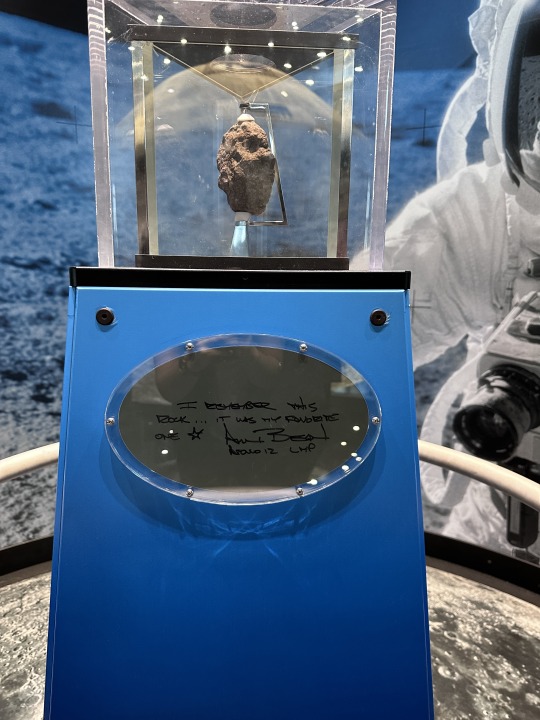
Apollo 12 moon rock | U.S. Space & Rocket Center, Huntsville, AL
24 notes
·
View notes
Text
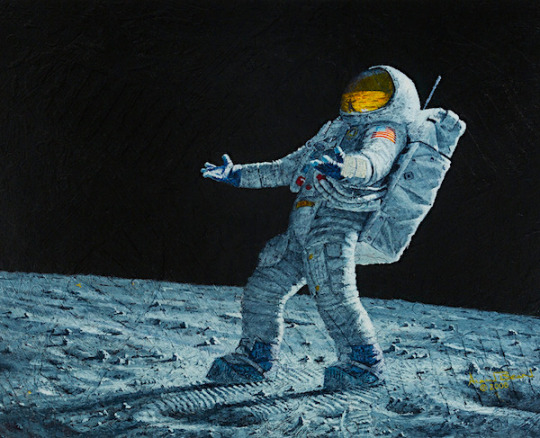
Daily Painting [Self-portrait Edition]
Alan Bean, Apollo 12 Astronaut IS ANYONE OUT THERE? (SELF-PORTRAIT) (2020)
4 notes
·
View notes
Photo

Apollo 12 astronauts Pete Conrad and Alan Bean on the Moon, 1969.
346 notes
·
View notes
Text

Dark Horse Presents No. 9: 1969
by Paul Pope
#comics#comic books#art#illustration#panelswithoutpeople#b&w#black and white#dark horse comics#dark horse#dark horse presents#Paul Pope#1969#11/20/1969#Apollo 12#charles conrad#pete conrad#al bean#alan bean#richard gordon#the moon#space#moon
1 note
·
View note
Text
Apollo 12: Ocean of Storms
On the Moon: Pete Conrad and Alan Bean
In lunar orbit: Richard Gordon
TIME SINCE LAUNCH 115:22:16
— Whoopie! Man, that may have been a small one for Neil, but that's a long one for me . . . I'm going to step off the pad . . . Mark. Off the . . . Oooh, is that soft and queasy . . . Hey, that's neat. I don't sink in too far. I'll try a little . . . Boy, that Sun is bright. That's just like somebody shining a spotlight in your hand. Well, I can walk pretty well, Al, but I've got to take it easy and watch what I'm doing. Boy, you'll never believe it. Guess what I see sitting on the side of the crater! — The old Surveyor, right? — The old Surveyor. Yes, sir. [Laughs] Does that look neat! It can't be any further than 600 feet from here. How about that? — Well planned, Pete.
115:27:27 — NOT FALLING OVER
— Say, Houston; one of the first things that I can see, by golly, is little glass beads. I got a piece about a quarter of an inch in sight, and I'm going to put it in the contingency sample bag, if I can get it. I got it. Am I really leaning over, Al? — You sure are. On Earth, you'd fall over, I believe. — Huh? — On Earth, you'd fall over leaning that far forward. — It seems a little weird, I'll tell you. Don't think you're going to steam around here quite as fast as you thought you were.
137:39:26 — CONTENTMENT
— We're just sitting here now; we've got the spacecraft all squared away. I'll say everything's tied down, but man, oh man, is it filthy in here; we must have 20 pounds of dust, dirt, and all kinds of junk. — Roger, Pete. That'll be an interesting zero g. — Right. Al and I look just like a couple of bituminous coal miners right at the moment. [Silence] — But we're happy . . .
"The Moon: A History for the Future" - Oliver Morton
#book quotes#the moon#oliver morton#nonfiction#lunar mission#moon landing#apollo missions#ocean of storms#pete conrad#alan bean#richard gordon#apollo 12#surveyor program#lunar probe#questions#moon dust#moonwalk#glass#glass beads
0 notes
Text
Happy Moon Day!

To celebrate the 55th anniversary of the first Moon Landing, I wanted to share my favorite moon-related artpiece, titled "Is Anyone Out There?" by Alan Bean (pilot of Apollo 12, Fourth man on the moon).
0 notes




